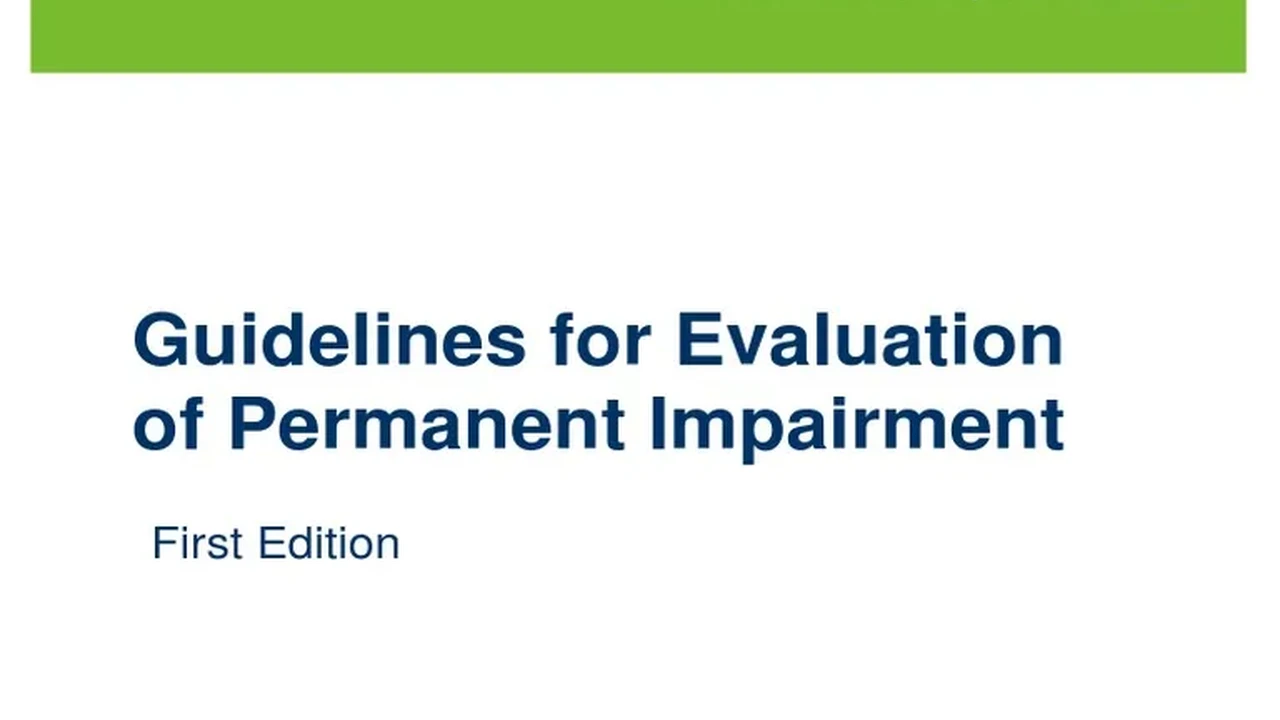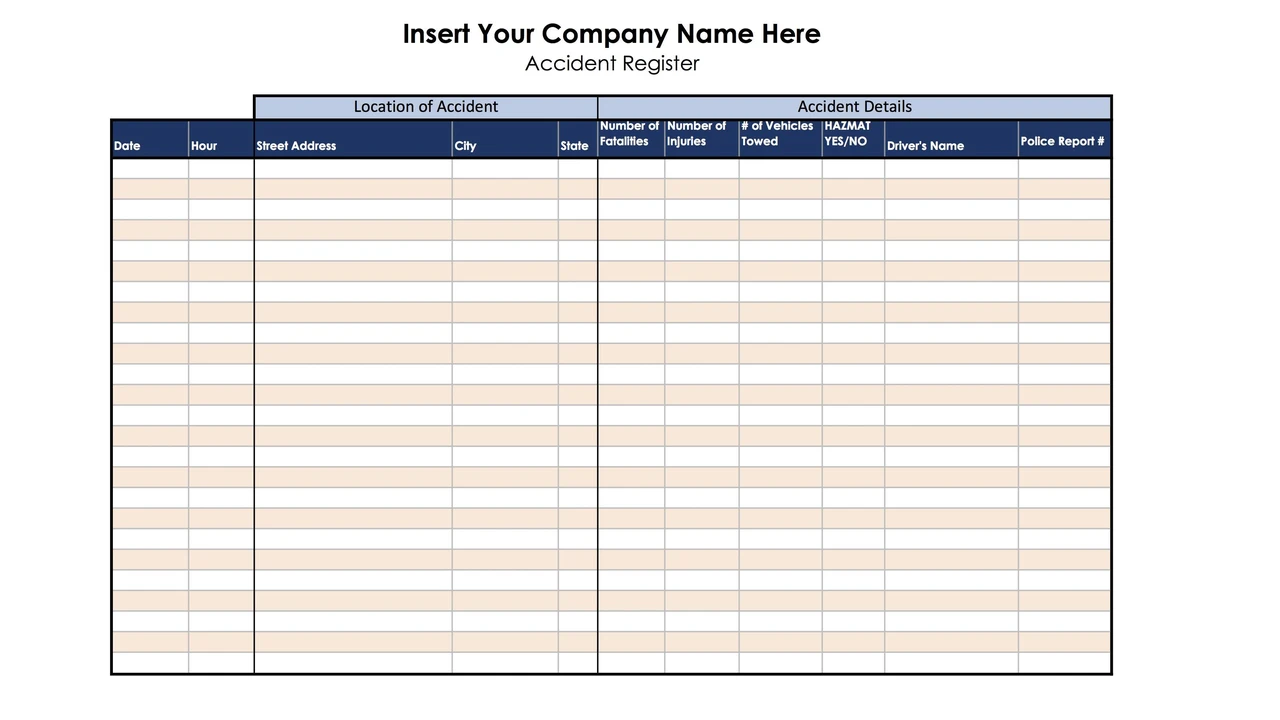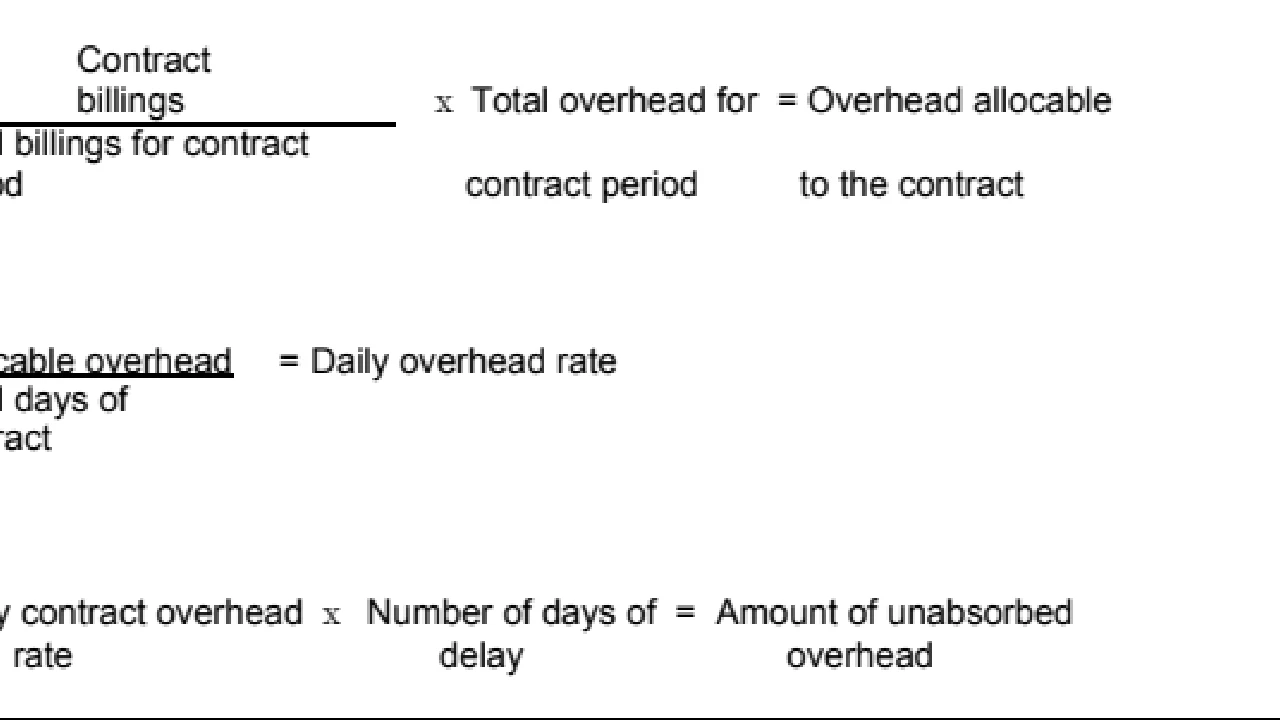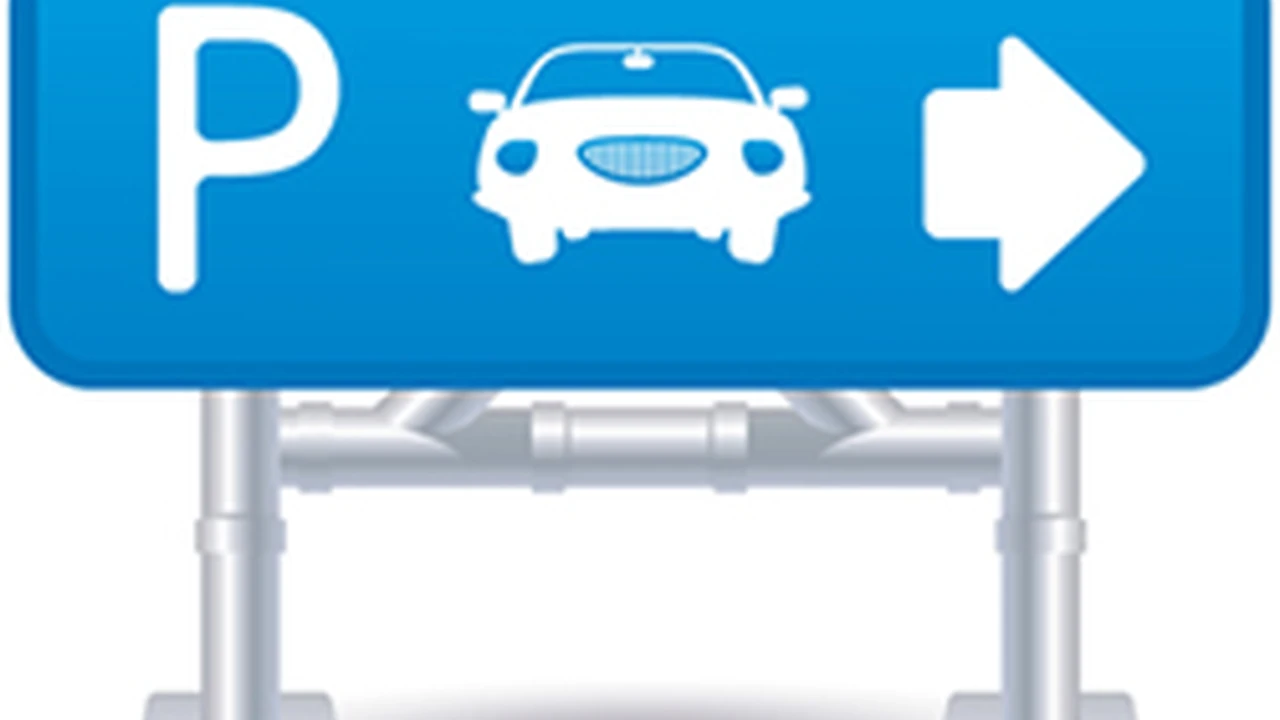How to Prove Permanent Impairment or Disability

Understanding Permanent Impairment and Disability for Car Insurance Claims: A Comprehensive Guide
Okay, let's get straight to it. You've been in a car accident, and it's left you with a permanent impairment or disability. Dealing with the insurance company can feel like pulling teeth. They're not exactly known for their generosity. The key to maximizing your car insurance claim settlement lies in proving the extent of your injuries. But how do you *prove* something that's permanent? That's what we're going to break down in this article. We'll cover everything from medical documentation to expert testimony, and even look at some assistive devices that can help demonstrate the impact on your daily life.
Gathering Essential Medical Documentation: Building a Strong Foundation for Your Claim
First things first: documentation is king. You need a solid paper trail to support your claim. This means gathering everything and I mean *everything* related to your medical treatment. Think of it like building a house – the medical records are the foundation. Without a strong foundation, the whole thing crumbles.
- Initial Medical Reports: These are the first reports from the scene of the accident and your initial hospital visit. They document the immediate injuries and treatments you received. Make sure you get copies of everything.
- Diagnostic Imaging: X-rays, MRIs, CT scans – these are crucial for showing the physical damage. They provide visual evidence of broken bones, torn ligaments, brain injuries, and other impairments. Keep the actual images if you can, or at least get detailed reports from the radiologist.
- Physician's Notes: Your doctor's notes are gold. They document your symptoms, treatments, and progress (or lack thereof). Pay close attention to any notes that mention the severity or permanence of your injuries. Your primary care physician, specialists (neurologists, orthopedic surgeons, pain management specialists), and therapists (physical therapists, occupational therapists) should all be contributing to this record.
- Therapy Records: Physical therapy, occupational therapy, speech therapy – these records detail your functional limitations and the challenges you face in performing daily activities. They can also show how your impairment affects your ability to work, care for yourself, and participate in social activities.
- Independent Medical Examinations (IMEs): The insurance company will likely require you to undergo an IME with their doctor. This is their opportunity to challenge your claim. Be prepared. Be honest, but don't downplay your symptoms. Get a copy of the IME report and review it carefully with your attorney.
The Role of Medical Experts: Strengthening Your Case with Professional Opinions
Your medical records are important, but the opinion of a medical expert can be even more powerful. A medical expert can review your records, examine you, and provide a professional opinion on the nature, extent, and permanence of your impairment. They can also testify in court if necessary.
- Choosing the Right Expert: You want an expert who is board-certified in their specialty and has experience testifying in court. Look for someone who is knowledgeable, articulate, and credible. Consider a specialist directly related to your injury type (e.g., neurologist for brain injury, orthopedic surgeon for bone fractures).
- Expert Reports: Your expert will prepare a report outlining their findings and opinions. This report should clearly state the basis for their opinion, including a review of your medical records, a physical examination, and any relevant medical literature.
- Expert Testimony: If your case goes to trial, your expert will testify in court. They will explain your injuries to the jury and answer questions from both sides. Your attorney will prepare your expert for their testimony to ensure they present your case in the most persuasive way possible.
Demonstrating Functional Limitations: Showing the Impact on Your Daily Life
It's not enough to just *say* you're impaired. You need to *show* it. This means demonstrating how your injuries affect your ability to perform daily activities. This is where functional assessments and assistive devices come in.
- Activities of Daily Living (ADLs): These are basic tasks like bathing, dressing, eating, and toileting. If your impairment makes it difficult or impossible to perform these tasks independently, it strengthens your claim.
- Instrumental Activities of Daily Living (IADLs): These are more complex tasks like cooking, cleaning, managing finances, and driving. Impairments that affect IADLs can have a significant impact on your independence and quality of life.
- Functional Capacity Evaluations (FCEs): An FCE is a comprehensive assessment of your physical abilities, including strength, endurance, range of motion, and coordination. It can provide objective evidence of your functional limitations.
Assistive Devices and Adaptive Equipment: Tools to Enhance Independence and Demonstrate Need
Assistive devices can help you regain some independence and improve your quality of life. They can also provide valuable evidence of your impairment and the challenges you face.
Mobility Aids: Regaining Freedom of Movement
If you have difficulty walking or standing, mobility aids can help you get around more easily.
- Walkers: Walkers provide stability and support for people with balance problems or weakness in their legs. There are different types of walkers, including standard walkers, rolling walkers, and forearm walkers.
- Canes: Canes provide support and stability for people with mild to moderate balance problems. There are different types of canes, including single-point canes, quad canes, and folding canes.
- Wheelchairs: Wheelchairs are used by people who are unable to walk or have limited mobility. There are different types of wheelchairs, including manual wheelchairs, power wheelchairs, and transport wheelchairs.
Product Recommendations:
- Drive Medical Nitro Euro Style Rollator Walker: This rollator walker is lightweight, durable, and easy to maneuver. It features a comfortable seat and backrest, as well as adjustable handles. Use Case: Ideal for people who need a little extra support while walking but still want to maintain an active lifestyle. Comparison: Compared to standard walkers, rollator walkers offer more stability and maneuverability. They are also more comfortable for longer distances. Price: Around $200-$300.
- Medline Lightweight Aluminum Transport Wheelchair: This lightweight wheelchair is easy to transport and store. It features a comfortable seat and backrest, as well as locking brakes. Use Case: Suitable for situations where the user needs assistance with mobility over longer distances, such as travel or visiting medical appointments. Comparison: Unlike power wheelchairs, transport wheelchairs require someone to push them, making them more suitable for short-term use or situations where assistance is readily available. Price: Approximately $100-$150.
Adaptive Equipment for Daily Living: Making Everyday Tasks Easier
Adaptive equipment can help you perform daily tasks more easily, even with an impairment.
- Reachers: Reachers are used to grab objects that are out of reach. They are helpful for people with limited range of motion or difficulty bending over.
- Dressing Aids: Dressing aids include button hooks, zipper pulls, and sock aids. They can help people with limited dexterity or range of motion get dressed more easily.
- Eating Utensils: Adaptive eating utensils include weighted utensils, built-up handles, and swivel utensils. They can help people with tremors or weakness in their hands eat more easily.
Product Recommendations:
- RMS Deluxe Sock Aid with Foam Handle: This sock aid makes it easier to put on socks, even with limited range of motion. The foam handle provides a comfortable grip. Use Case: Ideal for people with arthritis, back pain, or hip replacements. Comparison: Compared to other sock aids, this one is particularly easy to use and comfortable to grip. Price: Around $15-$25.
- Special Supplies Adaptive Utensils - Weighted Adaptive Silverware Set: These utensils are designed for individuals with tremors or limited hand strength. The added weight and ergonomic design provide better control and stability during meals. Use Case: Beneficial for people with Parkinson's disease, essential tremors, or other conditions affecting hand control. Comparison: Compared to regular utensils, adaptive utensils offer enhanced grip and stability, making eating easier and more dignified. Price: Approximately $30-$40 per set.
Communication Aids: Staying Connected and Engaged
If your impairment affects your ability to communicate, communication aids can help you stay connected and engaged.
- Speech Amplifiers: Speech amplifiers can help people with weak voices be heard more easily.
- Communication Boards: Communication boards are used by people who are unable to speak. They contain pictures or symbols that the person can point to in order to communicate.
- Text-to-Speech Software: Text-to-speech software allows people to type messages that are then spoken aloud.
Product Recommendations:
- ChatterVox Voice Amplifier: This portable voice amplifier is designed for individuals with weak voices or vocal cord problems. It helps project the user's voice clearly and effectively. Use Case: Suitable for teachers, public speakers, or anyone who needs to amplify their voice in a noisy environment. Comparison: Compared to other voice amplifiers, the ChatterVox is lightweight and easy to carry, making it convenient for various situations. Price: Around $200-$300.
Documenting the Impact on Your Earnings: Proving Lost Income and Earning Capacity
Permanent impairments often affect your ability to work and earn a living. You need to document the impact on your earnings to recover lost income and diminished earning capacity.
- Wage Statements: Provide copies of your wage statements from before and after the accident. This will show how your earnings have decreased.
- Tax Returns: Provide copies of your tax returns from the past several years. This will provide a broader picture of your earning history.
- Vocational Expert Testimony: A vocational expert can assess your skills and abilities and provide an opinion on your ability to work in the future. They can also estimate your lost earning capacity.
The Importance of Legal Representation: Navigating the Complexities of Car Insurance Claims
Dealing with a car insurance claim involving a permanent impairment can be complex and overwhelming. An experienced attorney can help you navigate the process, protect your rights, and maximize your settlement.
- Negotiating with the Insurance Company: Your attorney can negotiate with the insurance company on your behalf. They know the tactics that insurance companies use to try to lowball claims, and they can counter those tactics effectively.
- Filing a Lawsuit: If the insurance company refuses to offer a fair settlement, your attorney can file a lawsuit on your behalf.
- Representing You in Court: If your case goes to trial, your attorney will represent you in court. They will present your evidence, cross-examine witnesses, and argue your case to the jury.
Remember, documenting everything meticulously, seeking expert opinions, and showcasing the real-world impact of your impairment are crucial steps. Don't be afraid to advocate for yourself or seek legal counsel. You deserve fair compensation for your injuries.
:max_bytes(150000):strip_icc()/277019-baked-pork-chops-with-cream-of-mushroom-soup-DDMFS-beauty-4x3-BG-7505-5762b731cf30447d9cbbbbbf387beafa.jpg)






